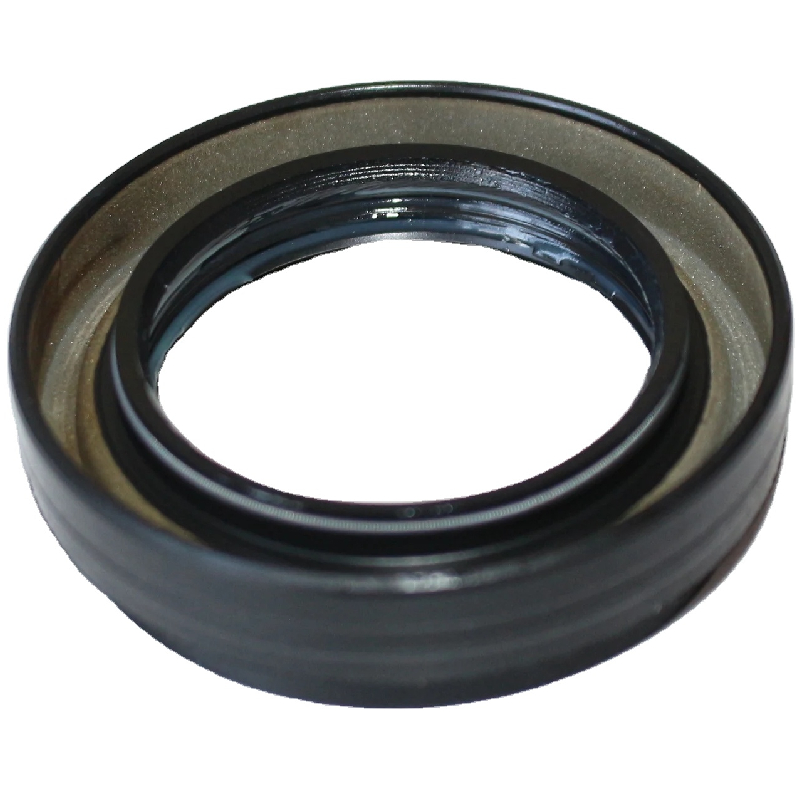Understanding Transmission Input Shaft Seal Functions and Maintenance Tips
Understanding the Transmission Input Shaft Seal Importance, Function, and Maintenance
The transmission input shaft seal is a critical component in both automatic and manual vehicle transmissions. Its primary function is to prevent transmission fluid from leaking out where the input shaft connects to the transmission housing. This small yet significant seal plays a vital role in ensuring the efficient operation of the transmission system.
The Function of the Transmission Input Shaft Seal
The input shaft connects the engine to the transmission, allowing the power generated by the engine to be transferred effectively to the wheels. As the input shaft rotates, it creates friction, which generates heat. The transmission fluid serves several purposes it lubricates the various moving parts, cools the transmission, and facilitates smooth gear shifting. The input shaft seal is specifically designed to retain this fluid within the transmission housing, preventing any leaks that could lead to a loss of fluid and, subsequently, transmission failure.
When the seal fails—due to wear and tear, improper installation, or damage—the transmission fluid can escape, leading to a range of issues. Low transmission fluid levels can result in overheating, increased friction, and ultimately severe damage to the transmission itself. Therefore, maintaining the integrity of the input shaft seal is crucial for the overall health of the vehicle's transmission system.
Signs of a Failing Input Shaft Seal
Recognizing the symptoms of a failing input shaft seal early can save drivers from costly repairs. Some common signs include
1. Fluid Leaks One of the most obvious indicators is the presence of transmission fluid leaking from the front of the vehicle. Transmission fluid is typically reddish in color, and pooling beneath the car can be a clear sign of a seal failure.
transmission input shaft seal

2. Transmission Slipping If the input shaft seal is compromised, the transmission may not perform optimally. Drivers might notice their vehicle slipping out of gear or having difficulty shifting, which can be attributed to low fluid levels.
3. Unusual Noises Grinding or whining noises when changing gears can also signal problems. If the transmission fluid is low due to a seal leak, the moving parts may start to experience excessive friction, leading to abnormal sounds.
4. Warning Lights Some modern vehicles are equipped with sensors that detect low fluid levels in the transmission. If the driver's warning light illuminates on the dashboard, it may indicate a leak that needs immediate attention.
Maintenance and Replacement
While the transmission input shaft seal is robust, regular maintenance can prolong its life. Regularly checking transmission fluid levels and ensuring they are at the recommended level is essential. If a vehicle is frequently driving under extreme conditions—such as heavy towing or stop-and-go traffic—more frequent inspections may be necessary.
If a seal replacement is needed, it is typically part of a larger transmission service, which includes replacing the fluid and filter. This process can be complex and usually requires professional assistance. Given the importance of the seal, ensuring that it is installed correctly is paramount to avoid premature failure.
Conclusion
In summary, the transmission input shaft seal is a small component with a significant impact on a vehicle's overall performance. Understanding its function, being aware of potential failure signs, and adhering to proper maintenance practices can help drivers avoid serious transmission issues. For the best results, always consult with a qualified mechanic who can provide guidance on maintaining this crucial part of your vehicle's transmission system. Regular attention to the transmission input shaft seal can ensure that your vehicle runs smoothly and efficiently, extending the transmission's lifespan and enhancing overall driving safety.
-
Simplifying Oil Changes: A Comprehensive Guide to Oil Drain Plugs and Their Variants
News Aug.04,2025
-
Mastering Oil Drain Maintenance: Solutions for Stripped, Worn, and Upgraded Oil Plugs
News Aug.04,2025
-
Fixing Oil Pan Plug Issues: Leaks, Stripped Nuts, and the Right Replacement Solutions
News Aug.04,2025
-
Everything You Need to Know About Oil Drain Plugs: Sizes, Fixes, and Upgrades
News Aug.04,2025
-
Choosing the Right Oil Drain Plug: A Guide to Sizes, Materials, and Drain Innovations
News Aug.04,2025
-
A Complete Guide to Automotive Drain Plugs: Types, Problems, and Innovative Solutions
News Aug.04,2025
-
The Ultimate Guide to Car Repair Kits: Tools and Essentials Every Driver Should Own
News Aug.01,2025
Products categories















